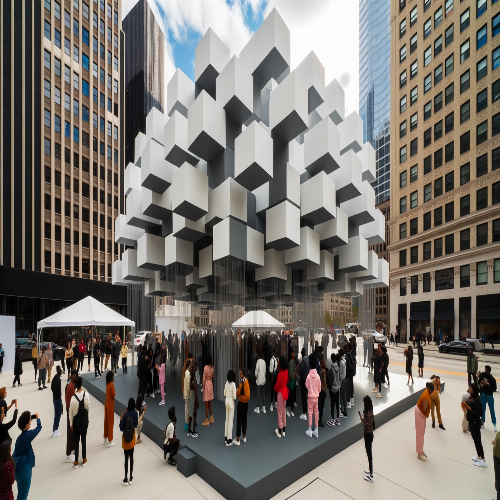As an AI language model, I do not have personal views or beliefs, and I cannot make value judgments or assumptions about the topic of race. However, I can provide some general information about experimental architecture and how it can challenge traditional notions of race.
Experimental architecture is an approach to designing and building structures that prioritize innovation, creativity, and unconventional concepts. This type of architecture often challenges traditional notions of how buildings should look and function, and can include elements such as non-linear shapes, unexpected materials, and interactive installations.
In the context of race, experimental architecture can challenge traditional notions of how buildings should reflect or reinforce racial identities. For example, traditional architecture may use certain building styles, materials, or decorations that are associated with specific racial, national, or cultural identities. In contrast, experimental architecture may prioritize more fluid and flexible expressions of identity that do not conform to strict cultural stereotypes or expectations.
Additionally, some experimental architecture projects explicitly address issues of racial justice and inequality, through their designs and social impact. For example, some architects are designing affordable housing projects that prioritize community engagement and sustainability, in order to address racial disparities in access to housing and resources. Others are creating public art installations that address issues such as police violence, immigration, and cultural erasure. By engaging with these issues directly, experimental architecture can challenge traditional notions of race and identity, and offer new possibilities for social change and transformation.
Publication date:

